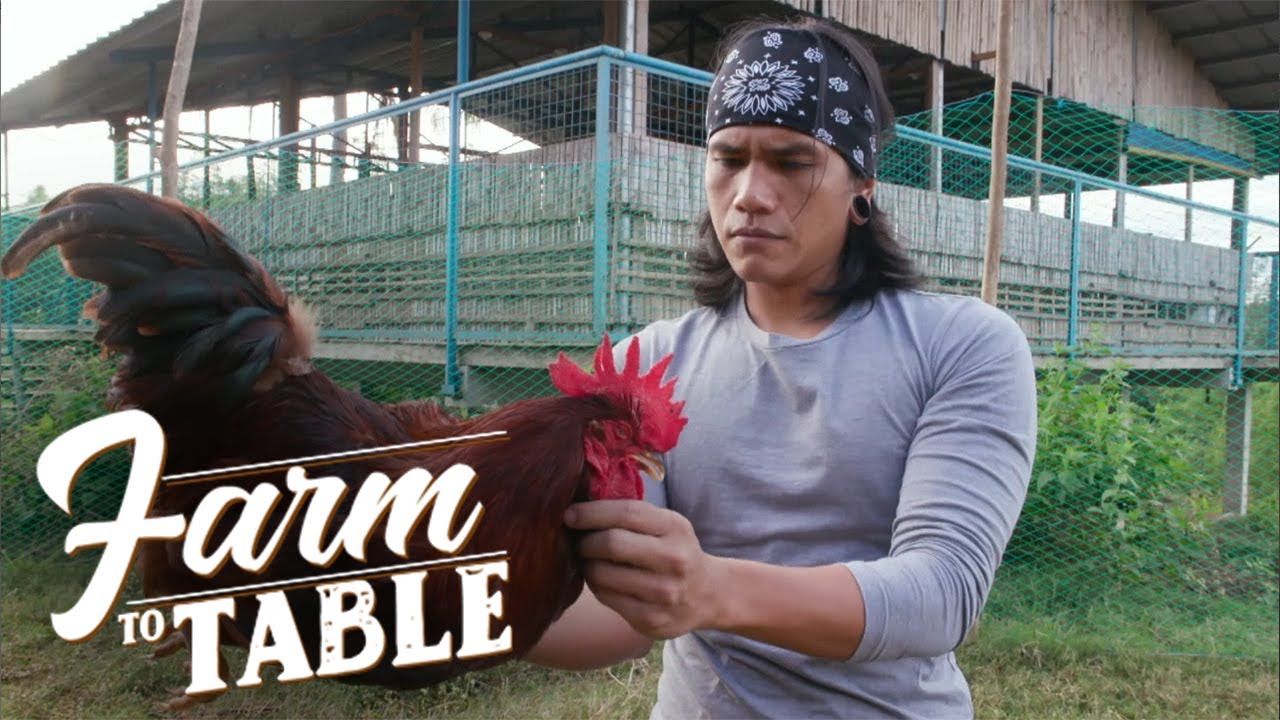Introduction to Rhode Island Red Chickens
Rhode Island Red chickens are a popular breed known for their excellent egg-laying capabilities and vibrant red feathers. Originating from Rhode Island, United States, these chickens have gained a reputation for their hardiness and adaptability. Whether you are raising Rhode Island Reds for eggs or as backyard pets, providing them with a proper diet is crucial for their overall health and productivity.
Importance of a Proper Diet for Rhode Island Reds
A balanced and nutritious diet is essential for the optimal growth, health, and egg production of Rhode Island Red chickens. A well-planned diet ensures that they receive all the necessary nutrients, vitamins, and minerals required for their physiological functions. A proper diet also helps in preventing various health issues such as vitamin deficiencies, feather loss, and poor egg quality.
Understanding the Nutritional Needs of Rhode Island Reds
Rhode Island Reds have specific nutritional requirements that vary depending on their age and purpose. In general, they require a diet that is high in protein and supplemented with essential vitamins, minerals, carbohydrates, and fats. Providing them with a varied and balanced diet is key to maintaining their overall well-being.
Protein Requirements for Rhode Island Red Chickens
Protein is a vital component of a Rhode Island Red’s diet, especially during their growing stage and egg-laying period. Young chicks require a diet with a higher protein content of around 20-22%, while adult chickens need approximately 16-18% protein. Good sources of protein include soybean meal, fish meal, and mealworms. Adequate protein intake ensures proper muscle development, feather growth, and egg production.
Essential Vitamins and Minerals for Rhode Island Reds
Rhode Island Reds require a range of vitamins and minerals to support their overall health and reproductive functions. These include vitamins A, D, E, B-complex vitamins, calcium, phosphorus, and trace minerals such as iron, zinc, and copper. These nutrients can be obtained through a combination of high-quality commercial poultry feed, green leafy vegetables, grains, and oyster shells for calcium supplementation.
Determining the Right Amount of Carbohydrates for Rhode Island Reds
Carbohydrates are an important energy source for Rhode Island Reds. However, excessive carbohydrate intake can lead to obesity and reduced egg production. It is recommended to provide carbohydrates in moderation, preferably in the form of whole grains such as corn and wheat. Around 40-50% of their diet can consist of carbohydrates, ensuring they have enough energy without compromising their overall health.
The Role of Fats in Rhode Island Red Chicken Diets
Fats play a crucial role in the diet of Rhode Island Reds, providing them with essential fatty acids and aiding in the absorption of fat-soluble vitamins. Including a small amount of healthy fats, such as vegetable oil or fish oil, in their diet can help maintain their skin and feather health. However, it is important to avoid an excess of fat, as it can lead to obesity and health complications.
Water: A Vital Component of a Rhode Island Red’s Diet
Water is a vital component of a Rhode Island Red’s diet and should always be available in clean and fresh form. Chickens require water for digestion, nutrient absorption, temperature regulation, and overall hydration. Lack of water can lead to dehydration, reduced egg production, and even death. Ensure that clean water is easily accessible to your Rhode Island Reds at all times.
Feeding Rhode Island Reds for Optimal Egg Production
If one of your goals in raising Rhode Island Reds is maximizing egg production, you need to focus on providing them with a diet that supports their reproductive functions. This includes a sufficient amount of calcium for strong eggshells, high-quality protein for egg formation, and a well-balanced diet that meets their overall nutritional needs. Supplements such as oyster shells and calcium-rich feed can help boost egg production.
Balancing the Diet of Rhode Island Red Chicks
When feeding Rhode Island Red chicks, it is important to provide them with a high-quality starter feed specifically formulated for their nutritional requirements. The starter feed should have a protein content of around 20-22% to support their rapid growth and development. As they mature, gradually transition them to a grower feed until they reach the laying stage, where they can be fed a layer feed with an appropriate protein level.
Common Mistakes in Feeding Rhode Island Reds
Unfortunately, some chicken owners make common mistakes when it comes to feeding Rhode Island Reds. These include overfeeding, providing inappropriate table scraps, relying solely on foraging, or not offering a balanced diet. These mistakes can lead to nutritional deficiencies, obesity, poor egg quality, and health issues. It is crucial to educate yourself about their dietary needs and provide them with a well-balanced diet.
Conclusion: A Well-Balanced Diet for Healthy Rhode Island Reds
A well-balanced diet is crucial for the health, growth, and egg production of Rhode Island Red chickens. It is essential to understand their specific nutritional needs and provide them with a diet that meets those requirements. A diet rich in protein, vitamins, minerals, carbohydrates, and fats, along with a constant supply of clean water, will help ensure that your Rhode Island Reds stay healthy and productive. Avoiding common feeding mistakes and focusing on their nutritional needs will lead to thriving chickens and a rewarding experience for chicken owners.





